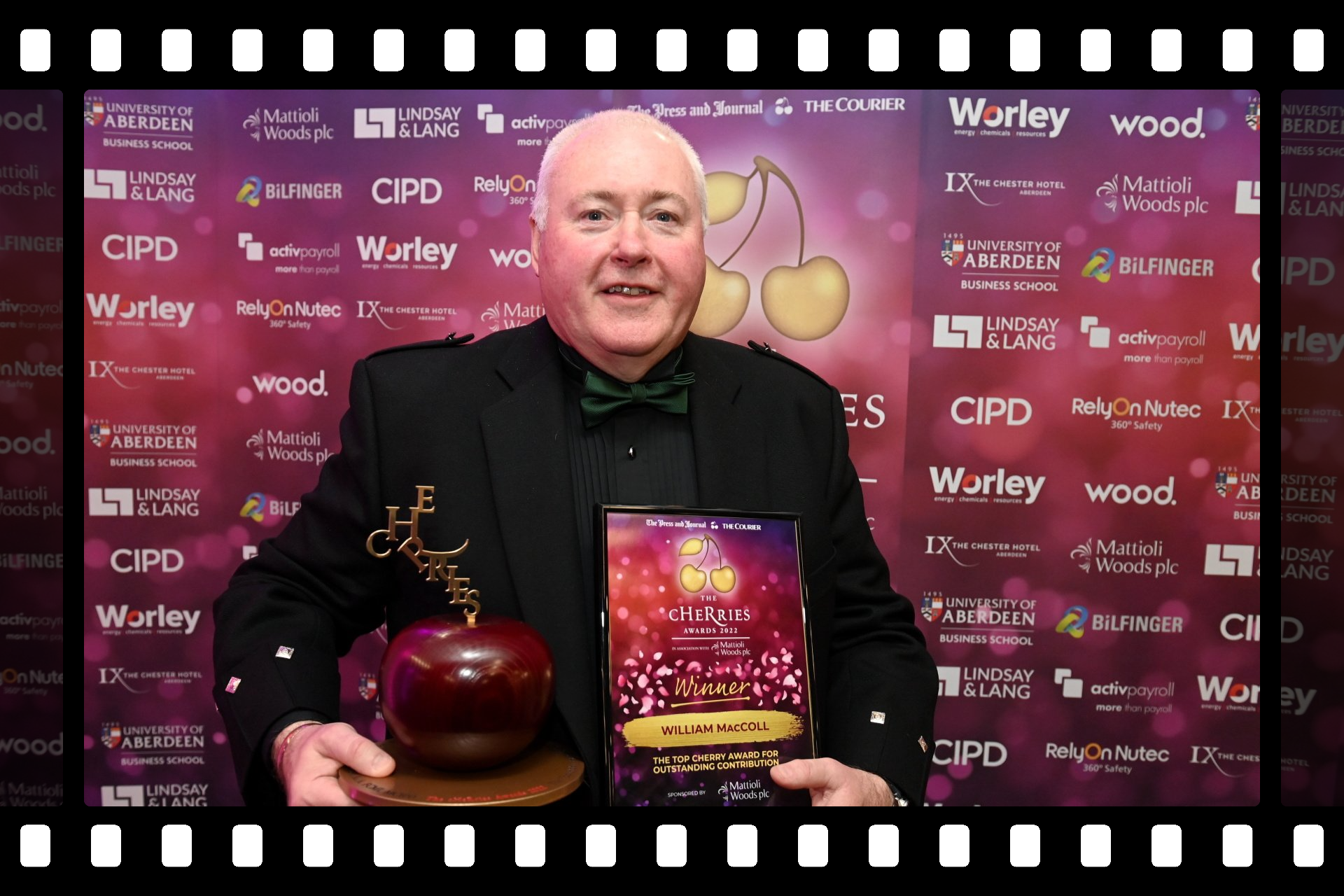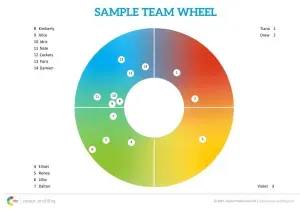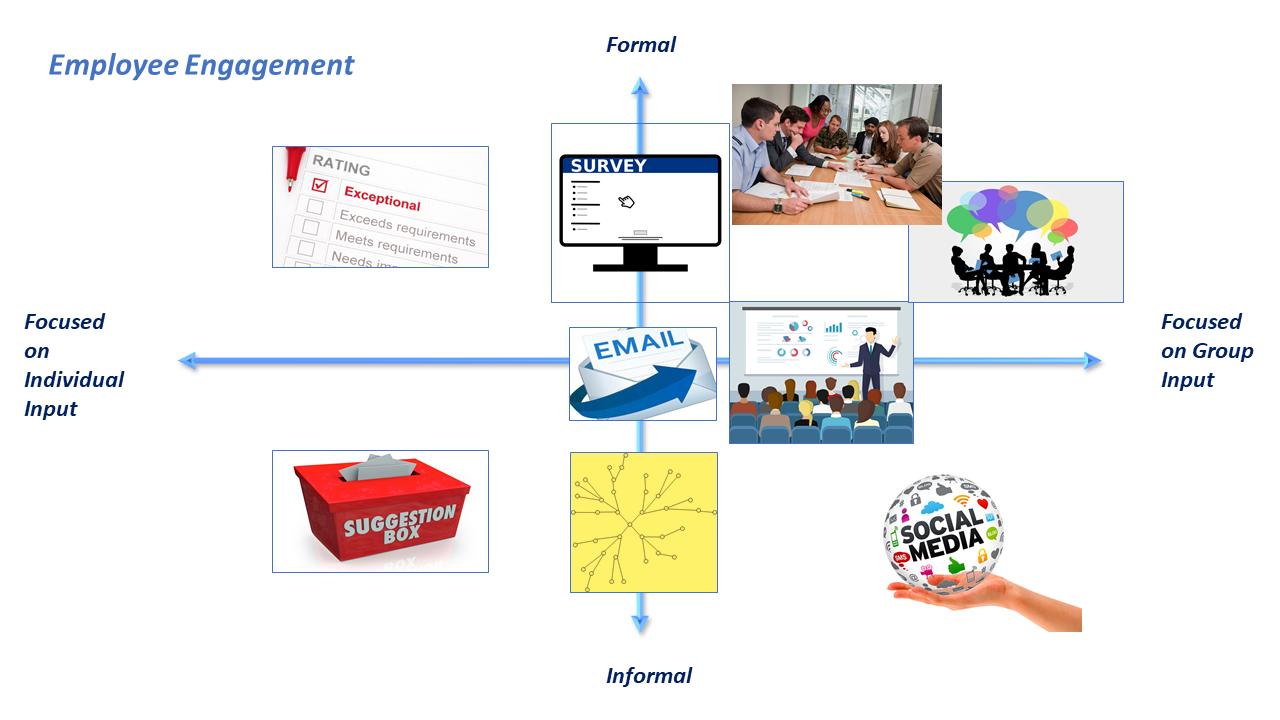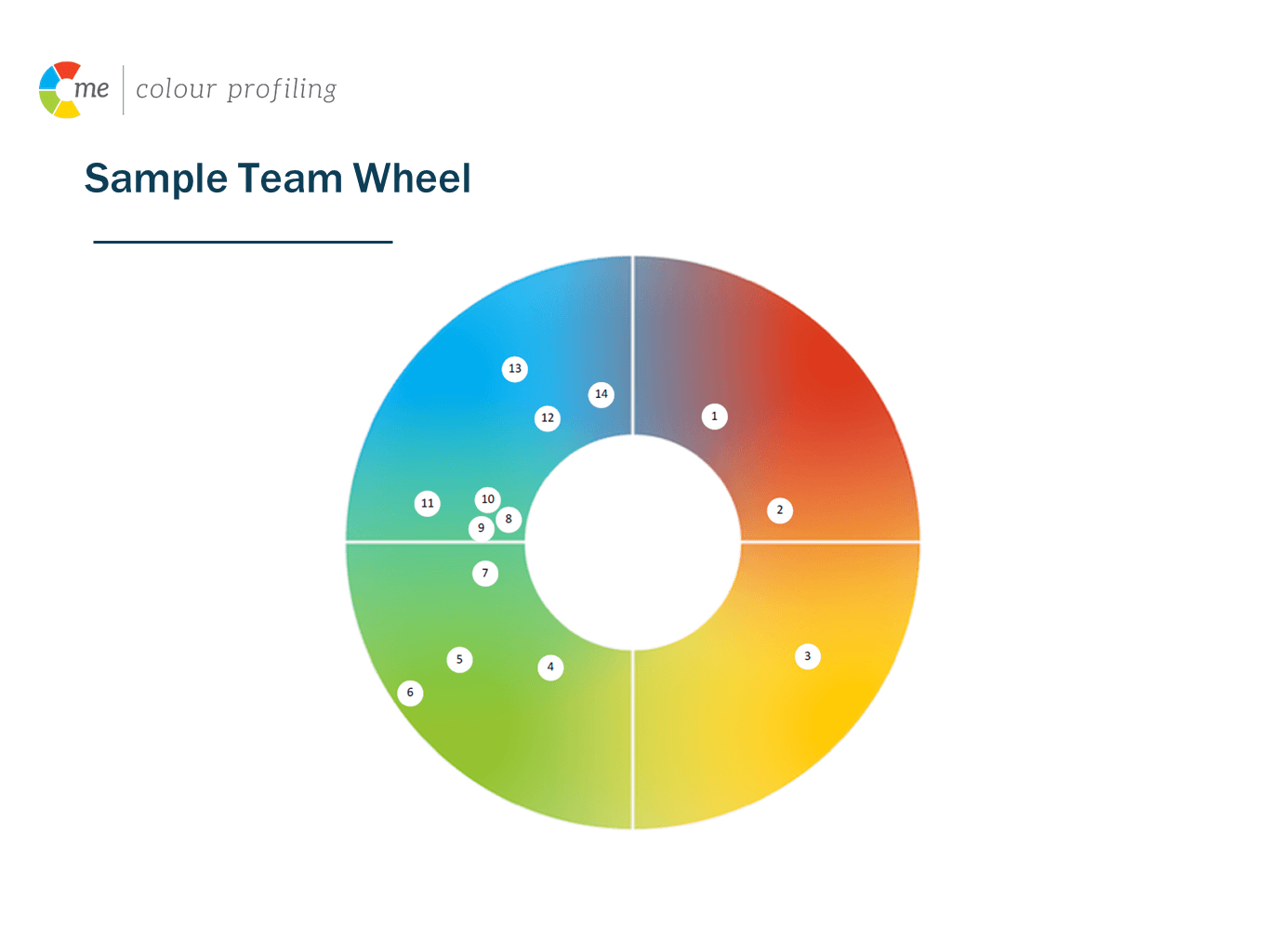STRENGTHENING LEADERSHIP
MAKING A DIFFERENCE FOR OUR PEOPLE AND THE BOTTOM LINE
Research from the Chartered Management Institute shows that organisations that invest in such programs see, on average, a 23% increase in organisational performance and a 32% increase in people performance, with small and medium-sized enterprises benefiting the most.

Top CHeRry: March 2022
The 2022 CHeRries Awards, run by the Press and Journal and The Courier, in association with Mattioli Woods, was held at the P and J Live on Thursday 24 March. The awards recognise excellence in the fields of human resources, organisational development, training and recruitment.
Among those recognised this year was Willie MacColl, who was awarded the Top cHeRry Award for Outstanding Contribution. This is presented to an individual nominated by peers within the industry, who is recognised as a leader in their field.
Willie is an Organisational Development Specialist who currently runs his own business, Glenbrex. He has extensive experience in HR and OD, and currently acts as a Specialist Advisor supporting a wide range of services and industries with as little as two people to 18,000 people, that span start-ups and companies operating at and growing to £100-£200 million. He is also an Associate Facilitator and Trainer for AGCC as well as a registered Specialist with Remarkable (previously Investors in People Scotland).
Offering Leadership Development programmes and working with companies/organisations as a Facilitator, he offers bespoke learning for leaders at all levels, as well as teams.
In accepting his award from sponsors, Mattioli Woods, Willie said, “I was delighted to receive such an award – my aim is to support companies to strengthen their culture and build strong teams.” “For a modern employer, it’s the right thing to do, and it’s a good investment for any business – studies show developing leaders and teams can make as much as 20% difference to the bottom line.”
March 2022: C-Me Colour Profiling
Building successful teams is crucial to delivering long-term success for any organisation. Teams need to share a common purpose - they must be equipped to understand, support and trust each other - that should mean that challenge is welcome, ideas are encouraged and that there is a will to win. Using a colour profiling tool that can help people understand their own strengths and behaviours as well as how they perform with others.

New Paragraph
February 2022
How are you engaging with your employees?
Employee consultation can take different forms - it can be very informal in nature or very formal; it can be aimed at a group or individuals. Whether a pulse survey, a discussion or maybe this is a time to catch up with those 1:1s - with the prevalence of remote working, it has never been more important to keep in touch with your employees. This will help maintain the best of relationships and a strong culture. But remember to respond in some way - 'you said, we did' is usually a good approach.
#employeeengagment #goodemployeerelations #goodleadership #engagementmatters
- create vision
- develop a plan and have a structured approach
- engage their team
- build trust and passion
- motivate and manage performance
- recognise the contributions and reward efforts
- learn lessons
- improve


